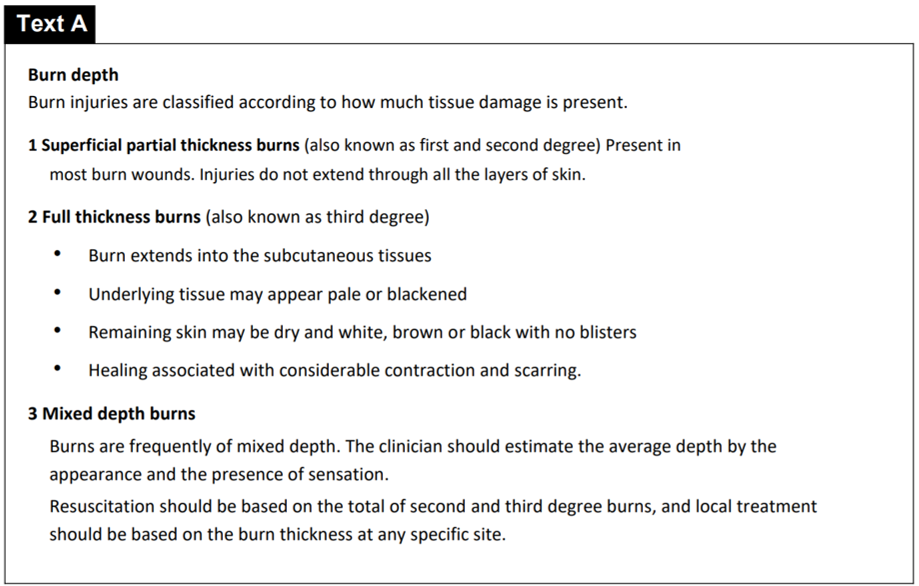London’s Markets
A Brick Lane Market
The Spitalfields area has become much wealthier over the last few years, resulting in this chaotic, uncontrolled market becoming a lot more ordered. However, you’ll still find a massive range of goods on sale at this sprawling, ever entertaining East End institution, including meat, fruit and vegetables, electrical goods, tools, bicycles, clothing, jewelry and household goods. A trip here is a quintessential Sunday morning out in London: make sure not to miss it.
B Brixton Market
Running down Electric Avenue into two shopping arcades on either side of Atlantic Road, this thriving multicultural market has a community feel. African and Caribbean produce and other exotic staples can be found, along with traditional fruit and veg and fish. There are also record stalls, second-hand clothes and bric-a-brac.
C Camden Market
London’s fourth-biggest tourist attraction Stopped being progressive a long time ago, but continues to sell a wide variety of articles designed to appeal to youth culture. Street fashion and old-fashioned clothes dominate the main market, while Camden Lock maintains its crafts heritage. It’s usually busy and, at times, claustrophobic.
D Greenwich Market
Still going strong, Greenwich is less frenetic than Camden and Portobello and generally cheaper. The covered section that makes up Greenwich Market proper is filled with arts and crafts that range from personal craftsmanship to uninspired tat. The nearby Village Market is funkier, with interesting second-hand clothing Stalls, lots of records and books, and some great ’50s, ’60s and ’70s furniture. Sundays here are another London tradition.
E Petticoat Lane Market
While Brick Lane gets fashionable and Spitalfields Market appeals to the ecological intentions of London’s liberals, nearby Petticoat Lane remains resolutely traditional, and as East End as they come. But although much is unremarkable, there’s a hell of a lot of it, and almost every type of electrical goods can be found at bargain prices. Up on Cutler Street are gold and silver jewellery traders, a leftover from the gold and coin market that used to operate here.
F Portobello Road Market
Though now even more of a tourist attraction since the release of Notting Hill, Portobello still hasn’t gone the way of Camden and given in to low quality. There’s something for everyone at this lengthy street market; the choice of antiques is huge, though prices have always been high, and you’ll also find some of west London’s cheapest fruit, veg and flowers. But it’s probably most famous for its new and vintage clothes stalls.
Questions 1-10 Look at the six descriptions of London markets (A-F). Answer the questions below by writing the letters of the appropriate descriptions A-F. NB you may use any letter more than once.
1. It occasionally gets overcrowded. …………………
2. It has a section based on a traditional activity in the area. …………………
3. It has become more organised than before. …………………
4. It has become more popular as a result of a film. …………………
5. It is more traditional than in the past. …………………
6. It offers typical British food as well as food from overseas. …………………
7. It sells items which have always been expensive. …………………
8. These TWO markets are typical places for Londoners to visit at weekends.……………… and …………………
9. These TWO markets sell hand-made items. ………………… and …………………
10. These THREE markets are recommended for their prices. ………………… and ………………… and …………………
Complete the notes below. Use ONE OR TWO WORDS from the passage for each answer.
Brixton: recommended for its (11) …………………atmosphere
Camden: good for clothes, crafts and things connected with (12) …………………
Greenwich: look for used clothes at the (13) ………………… (not far away)
Petticoat Lane: good if you want to buy cheap (14) …………………
Portobello Rd: a large selection of (15) …………………
Answer Key
1. C
2. E
3. A
4. F
5. C
6. B
7. F
8. A, D
9. C, D
10. D, E, F
11. community/ multicultural
12. youth culture
13. village market
14. electrical goods
15. antiques

